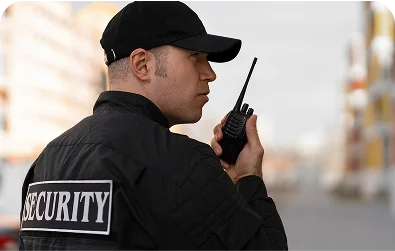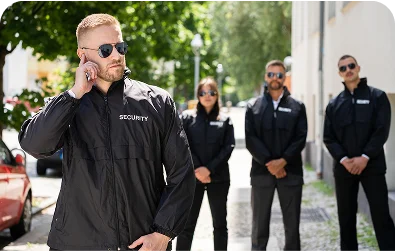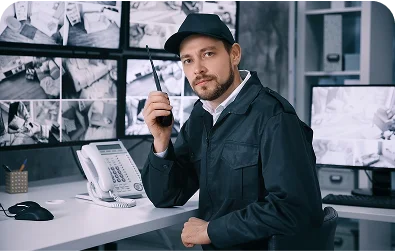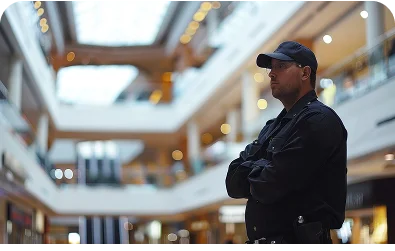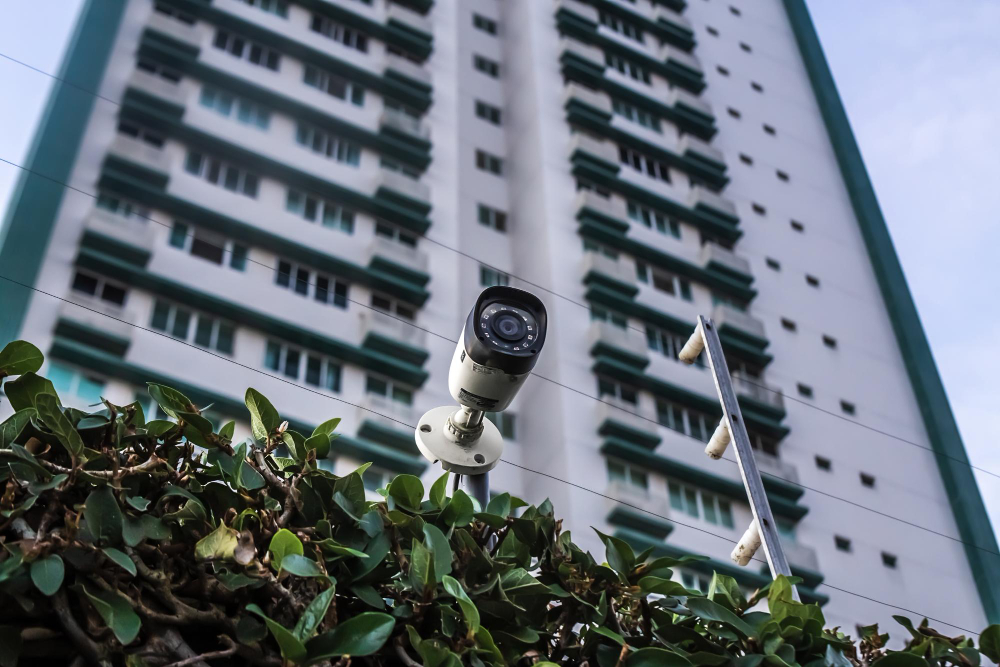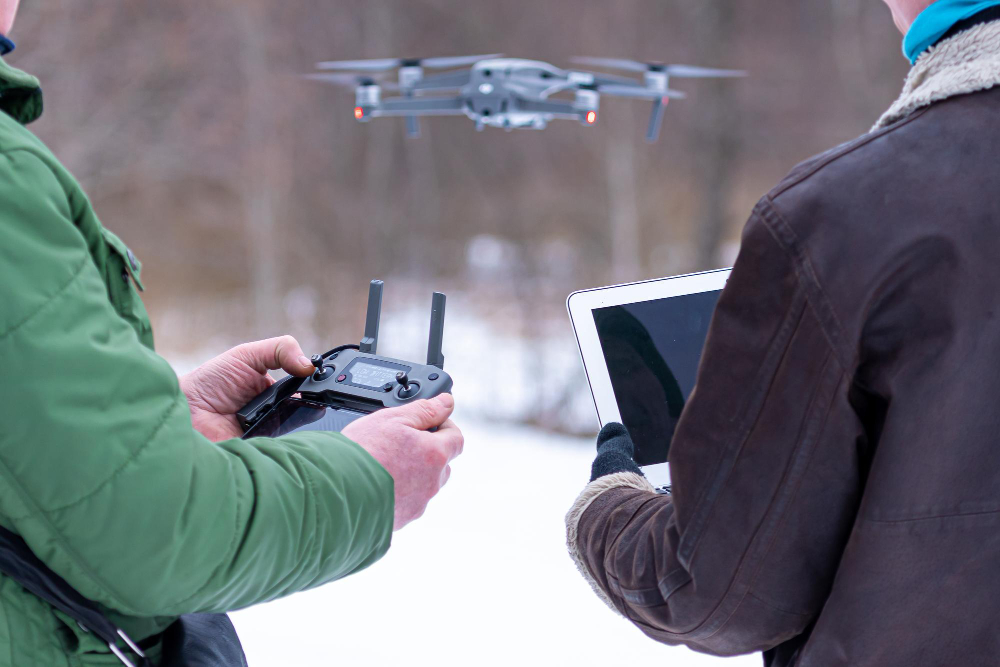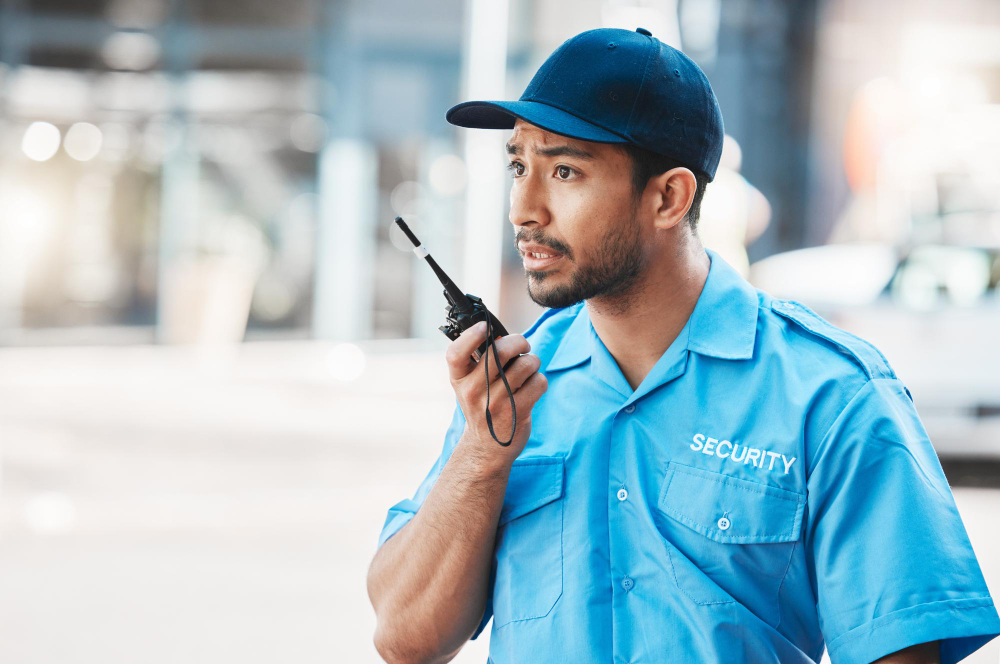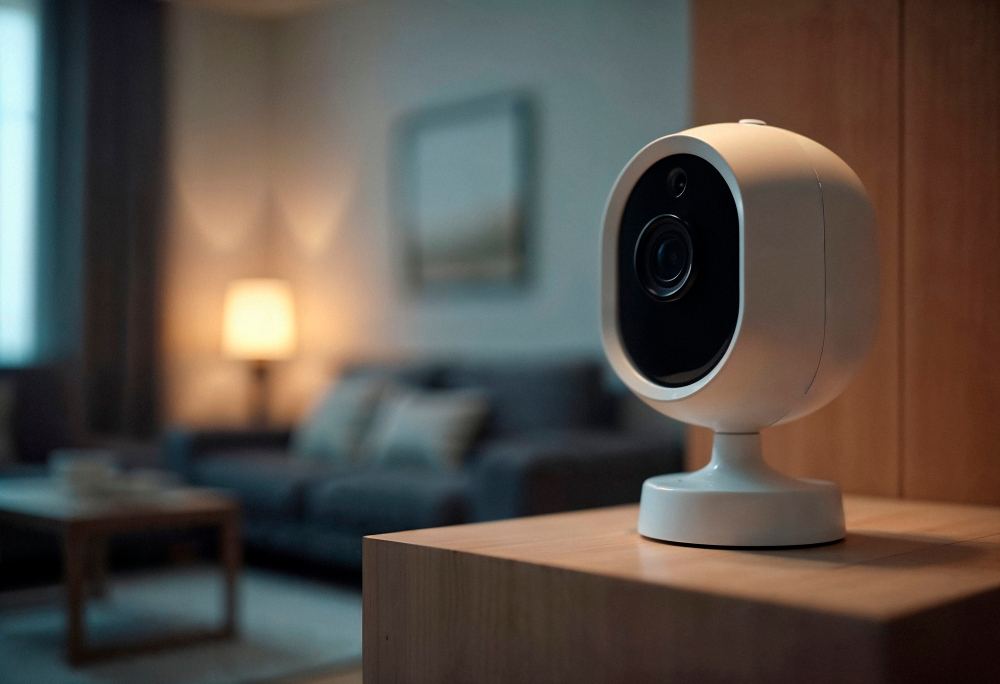Your CCTV system is like an extra set of eyes, ones that never blink, never sleep, and always watch over your property.
But here’s the thing: owning CCTV cameras isn’t enough. The real question is, are they placed correctly, performing efficiently, and giving you the full coverage you paid for?
At Intraguard, we’ve helped countless businesses across the UK turn underperforming surveillance setups into powerful, 24/7 protection systems.
In this guide, we’ll show you how to get every penny’s worth out of your CCTV systems with fewer blind spots, sharper coverage, and smarter technology.
Why CCTV Remains the Backbone of Property Protection in 2025
Some believe CCTV is “old-school”, but that couldn’t be further from the truth. Modern CCTV systems have evolved into intelligent, AI-powered guardians. Today’s surveillance cameras can detect motion, recognise faces, and even alert you in real time.
A 2024 report from the British Security Industry Association (BSIA) revealed there are now over 7 million CCTV cameras operating across the UK, making it one of the most monitored nations globally. That’s roughly one camera for every 10 people, and for good reason.
The Home Office found that businesses with CCTV installed experience a 51% drop in theft and vandalism, and 65% of offenders admit that visible cameras make them abandon their plans altogether.
In a world where crimes of opportunity happen in seconds, having a robust, well-placed CCTV system is the difference between “caught on camera” and “missed entirely.”
CCTV Blind Spots You Didn’t Know Existed
Even the most advanced CCTV system can fail if the cameras aren’t positioned properly. Many businesses fall into the trap of thinking “if I can see my doorway, I’m covered.” The reality? There are often hidden blind spots that criminals exploit with ease.
Let’s look at the most common ones:
1. Entrances and Exits
Your front and rear entry points are prime targets. Yet many systems only cover them partially, or at the wrong angle. Cameras placed too high miss facial details, while those placed too low capture only the tops of heads. Always position them at eye level for clear identification.
2. Dark Corners and Storage Areas
Dimly lit areas like stockrooms, alleys, or stairwells often go unwatched. Install cameras with infrared (IR) night vision to maintain visibility even in complete darkness.
3. Parking Lots and Perimeters
A staggering 60% of commercial property thefts occur outside the main building car parks, loading bays, and perimeter walls are hotspots. Wide-angle or PTZ (Pan-Tilt-Zoom) cameras ensure these vulnerable zones aren’t ignored.
4. Backdoors and Delivery Points
These are common entry routes for unauthorised access, especially after hours. Equip them with motion-activated cameras linked to remote alerts.
5. Cash Registers and Stockrooms
You’d be surprised how often the camera above a till faces the wrong direction. Angles should be adjusted to show both the employee and customer side for accountability and evidence clarity.
Pro Tip: Use overlapping coverage; each camera should capture 10–15% of another’s field of view. This way, even if one angle is compromised, another fills the gap.
The Anatomy of an Effective CCTV System
Not all CCTV setups are created equal. A high-performing system blends hardware quality, strategic placement, and smart monitoring tools.
|
Component
|
Purpose
|
Pro Tip for Maximum Efficiency
|
|
High-definition cameras
|
Deliver clear, detailed footage day or night.
|
Choose 1080p minimum for clarity or 4K for wide areas.
|
|
Network Video Recorder (NVR)
|
Stores and manages footage securely.
|
Set up motion-triggered recording to save space and power.
|
|
Remote access app
|
Let's you monitor in real-time from any device.
|
Allow multi-user access for managers or site supervisors.
|
|
AI analytics software
|
Detects suspicious activity and patterns.
|
Use facial or vehicle recognition to cut false alarms by 70%.
|
|
Maintenance schedule
|
Keeps your system reliable long-term.
|
Quarterly checks extend hardware lifespan by up to 5 years.
|
When each part works together, your CCTV system becomes more than surveillance; it becomes a security network that proactively protects your business.
Where to Place CCTV Cameras for the Best Visibility
Camera placement is where science meets strategy. Even a slight adjustment in height or angle can be the difference between clear evidence and unusable footage.
Here’s how to make sure no corner goes unprotected:
1. Prioritise Entrances and Exits
These should always have front-facing cameras capturing faces clearly. A height of around 7–8 feet works best for identification without distortion.
2. Cover the Perimeter
PTZ (Pan-Tilt-Zoom) cameras are ideal for fences, parking areas, and wide perimeters. They can pan across large zones and zoom in instantly when motion is detected.
3. Mind the Lighting
Avoid pointing cameras directly toward light sources like windows or floodlights glare can wash out footage. Use diffused lighting to balance contrast.
4. Double Up on Key Areas
Overlap cameras where valuable assets are stored. One camera provides overview coverage, another focuses on detail (faces, license plates, or hands).
5. Think Vertically
Mounting at 10–12 feet offers an optimal field of view while keeping cameras out of easy reach.
According to Security World Market, 68% of CCTV system failures occur because of poor positioning, not faulty equipment, so placement truly is everything.
Smart Upgrades That Make a Big Difference
Your CCTV shouldn’t just record, it should respond. Modern upgrades make your system proactive, efficient, and far more intelligent.
1. Motion & Sound Detection
With motion sensors and audio analytics, your cameras “wake up” when something happens. No more wasting storage on hours of inactivity. Instead, you get instant alerts when something moves, breaks, or triggers noise beyond a set threshold.
2. Night Vision & Thermal Imaging
Around 60% of burglaries happen after dark. Night vision cameras (using infrared LEDs) and thermal imaging systems detect heat signatures, ensuring total visibility even in pitch black conditions or heavy fog.
3. Cloud Storage & Backup
Cloud systems eliminate the risk of losing evidence. Your recordings are safely stored off-site, accessible anywhere, and protected with encryption. In case of fire, vandalism, or damage, your footage remains intact.
4. AI-Powered Analytics
Artificial intelligence isn’t sci-fi; it’s security’s biggest leap forward. AI can recognise license plates, detect loitering, and distinguish between people, pets, and shadows. Businesses using AI analytics have seen 40% faster response times to suspicious incidents.
5. Integrated Access Control
Combine your CCTV with access control systems (like key cards or biometric scanners) to create a connected security ecosystem. When someone enters, your system logs the event and captures video simultaneously for a complete record.
Skip the DIY Headaches: Here’s Why Professionals Deliver Better CCTV Results
It’s tempting to save money with DIY CCTV kits, but the truth is they often underperform.
Professionally installed CCTV systems by Intraguard Security deliver:
- Optimised placement: Every camera covers exactly what it should, no guesswork.
- Compliance: Our installations meet GDPR and UK data protection standards.
- Integration: CCTV linked seamlessly with alarms, sensors, and access systems.
- Technical reliability: We calibrate focus, test angles, and secure your network against hacking.
- Maintenance support: We handle firmware updates, cable inspections, and performance checks.
DIY systems can leave gaps, distorted footage, or worse, non-functional cameras when you need them most. With Intraguard, you get a solution designed for prevention, not reaction.
Maintenance: The Secret to Long-Term Reliability
Even top-tier systems degrade without upkeep. Routine maintenance is your guarantee that your CCTV system stays sharp, responsive, and compliant.
Here’s Your Quarterly Checklist:
- Clean camera lenses to remove dust, water spots, or cobwebs.
- Inspect wiring and connections for damage or corrosion.
- Update firmware to patch vulnerabilities and improve performance.
- Test night vision under real conditions.
- Review footage quality and adjust lighting or focus if necessary.
According to Axis Communications, regular maintenance extends CCTV lifespan by 30–50% and reduces downtime by 80%.
Intraguard offers preventive maintenance packages to ensure your system performs at its peak all year round.
Final Thoughts
A perfectly installed CCTV system isn’t just about watching; it’s about winning at security. Studies show businesses with smart surveillance reduce incidents by up to 51% and improve response times by 40%.
When your cameras are placed right, maintained regularly, and powered by the latest tech, you’re not just recording, you’re preventing.
At Intraguard, we help UK businesses turn “just cameras” into intelligent protection networks that catch every detail before it becomes a problem.
Because in 2025, true security isn’t about having more eyes, it’s about having the right ones watching. Stay smart, stay safe, stay fully covered.
Frequently Asked Questions
How Often Should I Upgrade My CCTV System?
Every 3–5 years to keep up with evolving tech, especially AI analytics and high-resolution imaging.
Can CCTV Cameras Be Hacked?
If left unsecured, yes, but Intraguard uses encrypted systems and closed networks to prevent unauthorised access.
How Many Cameras Does My Property Need?
It depends on size and layout, but most small businesses benefit from 4–8 cameras, strategically placed for overlapping coverage.
Does CCTV Help With Insurance Claims?
Absolutely! Clear footage serves as legal proof, speeding up claim processing and reducing disputes.
How Much Does Professional CCTV Installation Cost?
Professional setups range from £500 to £1,500, depending on scale. Intraguard provides free surveys and custom quotes.



